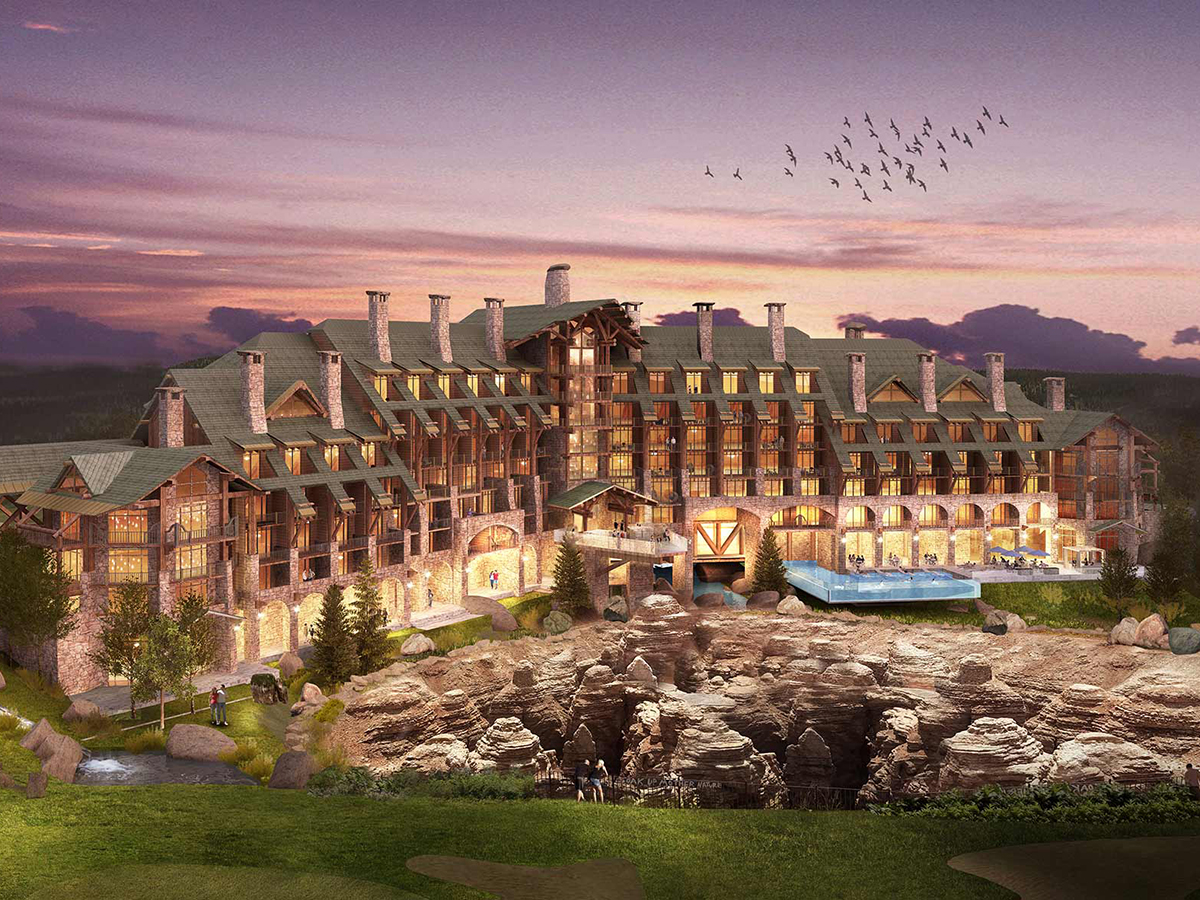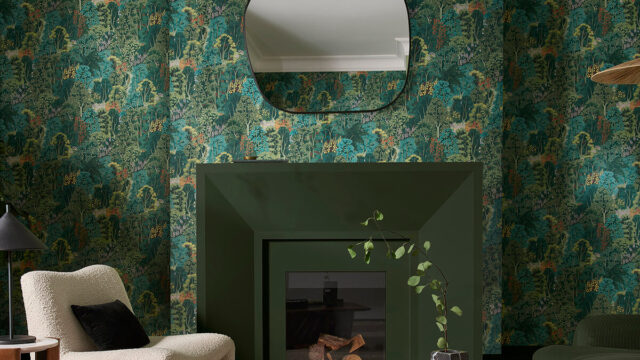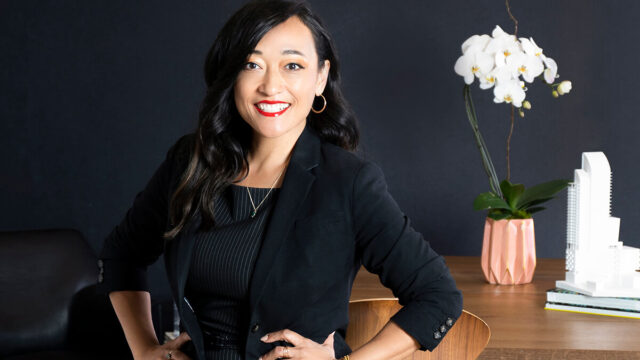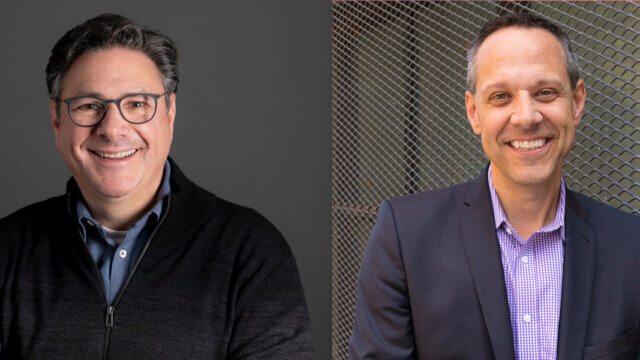As the new decade begins, new design trends are among us. The team at Nunzio Marc DeSantis Architects (NMDA) shared some forecasts with InspireDesign about what’s ahead. Nunzio DeSantis, CEO/founder; Marc DeSantis, partner; and Daniel Sacco, VP have some insight:
Both hotel programming and design have been focused on sustainability. How do you design for this?
Marc: We think of sustainability in terms of how a hotel performs over its entire lifespan. Quality design should be deliberate and purposeful to deliver a building that can evolve, readapt and have many faces over the lifetime of the building. Lasting construction methods and responsible building practices are inherent in each of our hotels. Timeless design is the last ingredient. It ensures that future generations see value in the building and don’t wastefully throw the building and all it used resources away. Another key to each of our designs is how we try to integrate a garden into each of our hotels. We want the beautiful tree-lined streets just outside our doors to find a way to live within the walls of our buildings. Whether it manifests itself as a rooftop garden, in a coffee house as a greenhouse zen garden, or in a hacienda-style courtyard adorned with cactus and a great center tree, we are always looking for the opportunity to invite nature into our buildings.
Nunzio: We at NMDA believe good design is in itself sustainable design. Our philosophy is “We as designers have a responsibility to be gentle and considerate to our environment by the way we think, explore, curate and deliver exceptional design and experiences.” Sustainable design for our team is at the core of our philosophy, not a casual strategy that comes and goes on a project by project basis but rather one of incredible importance to us and the fingerprint we leave with our work. We approach each project with a simple attitude: “Do good for our clients and do better for the community and the environment.”
Daniel: Sustainable design is (or it should be) inherent in the built world by this point. From its inception in the early 1990s, the LEED initiative has crafted a standard by which our built environment can attempt to peacefully coexist with the natural environment. However, I think more recently—and especially with younger generations—sustainability is a way of life and has penetrated the guest experience more than ever (ie., sustainable cuisine, mental and physical health, immersive environmental experiences). The guest experience can be personalized through sustainability; guests can see, hear, feel and touch how they are contributing to a sustainable lifestyle for the environment and themselves. We design every project with these needs in mind.

What types of design are younger hotel guests (Gen Z and millennials) looking for? How do you accommodate these needs with design?
Marc: For Gen Z and millennials, value is held in authentic experiences. Social media has opened everyone’s eyes to the incredible possibilities all over the world. The exposure to high-quality experiences means people everywhere expect more out of their traveling experience and, thus, their hotels. Life is not about straight lines, hard concrete, sparkly chandeliers and white paint. Instead, life and the world around us is dripping and oozing with richness. This is what the youth and the experienced traveler now expects out of their hotels. So, we aim to layer experience not only horizontally through our buildings but vertically. We embrace the gravity of the culture that enshrouds the location the hotel lives within. We believe architecture should be a series of vignettes that unfold throughout your stay and allow each visitor to curate their own adventure.
Nunzio: The younger hotel guest has redefined the definition of good design by demanding honest, direct, raw experiences. These destinations or experiences are often a collection of vignettes clustered and curated in organic and raw ways. Authentic materials…bring an elevated sense of honest design. The young traveler enjoys curated smaller moments strung together offering an experience of exploration and of personal likes—not one flavor for all. The younger traveler enjoys no boundaries between work and relaxation, between informal meeting space and socializing. The younger traveler enjoys freedom to work and live in the manner they want in balanced ways in unprescribed and flexible places.
Daniel: Speaking personally, I am interested in design that is geographically relevant and culturally immersive. My most memorable experiences in travel are those that closely align my experience in an authentic way to native history, culture and way of life; I think that the younger generation, whether knowingly or unknowingly, tends to reject design that feels too contrived or “cookie-cutter.” We approach the design of every project with the goal to create something memorable and culturally relevant. Whether by historical precedent, curated art, cuisine, building type or landscape, using these cultural and locational cues can allow each project to live uniquely fresh and authentic from another. It is also essential to empower young designers—this will naturally breed a more nimble and forward-thinking design.

Younger guests are also in search of that “Insta-worthy” moment. How do your design spaces to foster this?
Marc: “Insta-worthy” moments—they are unexpected. They are one-offs. They are always a singular bold idea. So, create something that is unique to a place, that is interactive, and that is highly graphic, and you have a recipe for an excellent “insta-worthy” moment. We believe baking in elements that inspire moments of awe into each hotel is a key ingredient to its success. They are unforgettable. If hotels are the frosting on the cake of life, then “insta-worthy” moments are the sprinkles and should be used sparingly but often. They add that extra bit of bling.
Nunzio: Every moment matters to the younger traveler and if worthy they will want to share their life with friends, family and the world. However, this does not only pertain to the younger traveler… The more mature traveler is as eager to capture “Insta-worthy” moments. Our designs recognize that our guests are all different, culturally diverse and hungry to be a part of the moment. Guests clamor in search of beauty in design, bold moments, the unexpected, extravagance, extraordinary and the personal, all as the canvas with which they experience life and which is worthy to capture in an instance forever. We design every hotel or resort with the intent to offer countless moments of distinction—all different with different appeal… Designers all too often design for their taste; at NMDA, we design our hotels with our diverse clients in mind.
Daniel: Inherently, good design generates “Insta-worthy” moments. I think Gen Z and millennials are interested in discovery, both personal and physical. Whether a project will be in the city, on the beach, or cliffside—architecture that tells a story, creating intimate and distinct moments along the way, fosters discovery. That to me is a hallmark of good design—the “Insta-worthy” moments will follow.
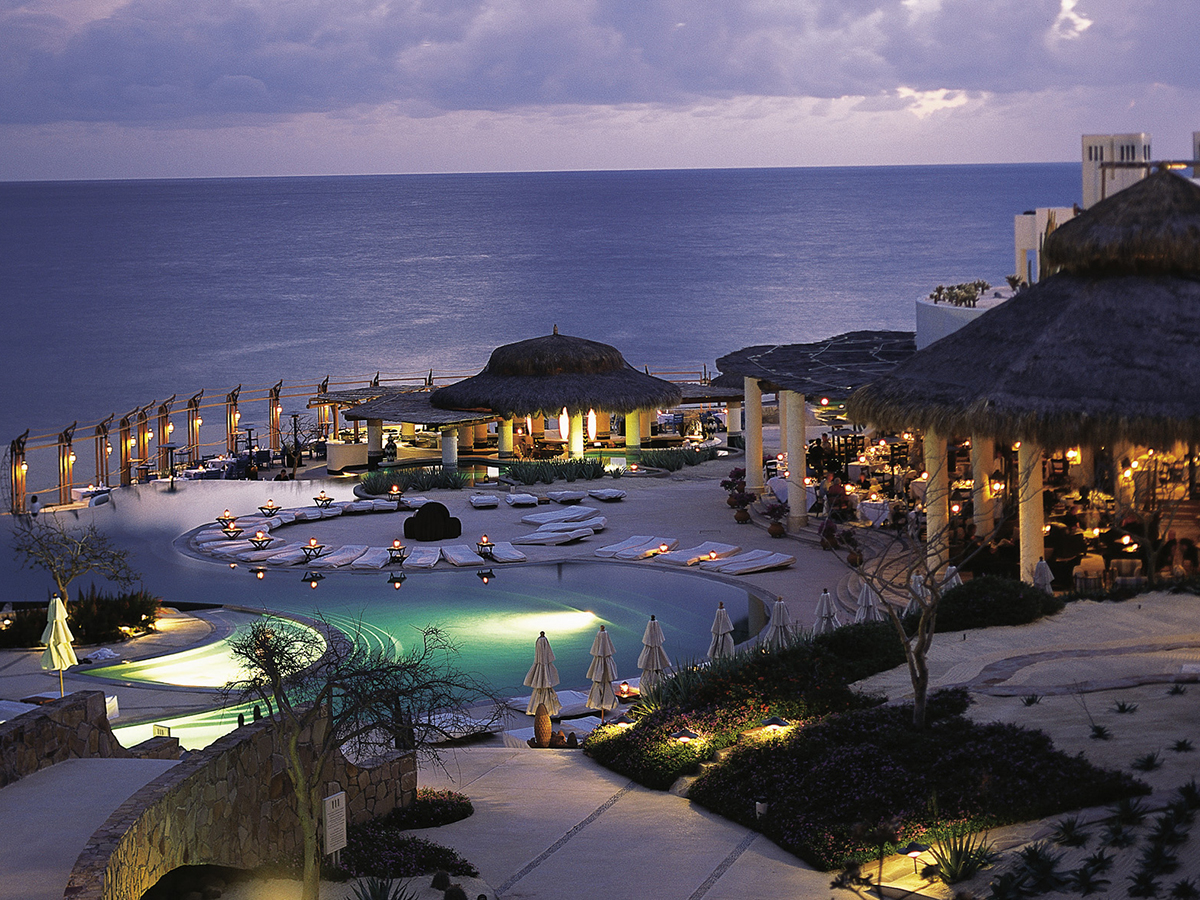
Keeping in mind all of these trends, how do you design in a way that’s flexible with the changing needs/wants of guests and hotel leaders?
Marc: The key is to create a foundation of quality. Quality design and well-thought-out details are timeless and classic. If you create an envelope that is beautiful, elegant, sustainable and well made, it will last the test of time. Once you have established that, the building can continue to redefine itself throughout its lifetime. Technology is constantly changing so it is impossible to plan for more than 10 years out.
Nunzio: Our design team has seen trends come and go. However, one thing stands true: Good design remains relevant and desirable, and good design creates a good foundation. With a good foundation, spaces are much more adaptable and flexibility to change. Color, texture, materiality, lighting and technology can be reinvented but space, shape, form and function remain the building blocks for years of change.
Daniel: The most flexible design is a timeless design. Taking cues from history can show us the way. There is an endless guidebook of successful prototypes that have stood the test of time, still relevant in our day and age. We start our design process with thorough precedent research—what to do and what not to do. A timeless design is an adaptable design. Think—not only how your project will be received today but also five, 10 and 20 years down the road. This is how we can stay relevant in an ever-changing world.
